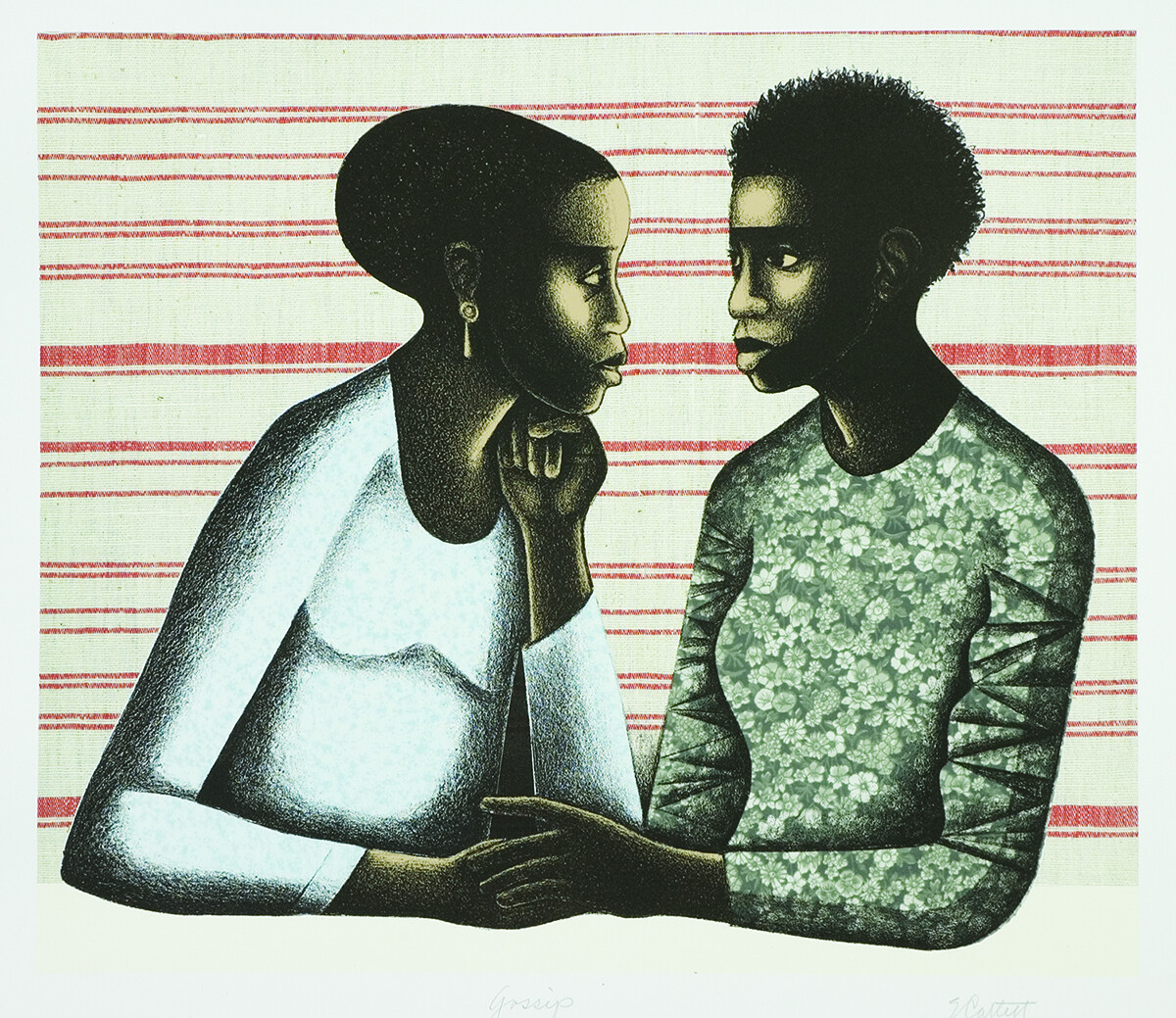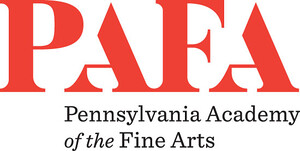128 N. Broad Street
Philadelphia PA
Printmaking center to provide internship and professional opportunities for students; new papermaking facility to be established.
The Brodsky Center, a collaborative paper and printmaking center devoted to the creation of new work, is coming to the Pennsylvania Academy of the Fine Arts (PAFA).
PAFA has announced plans to absorb the Center from its current location at Rutgers, The State University of New Jersey. The Rutgers Center for Innovative Print and Paper was founded in 1986 by Judith Brodsky, an artist, printmaker, arts advocate and professor of art. Housed at the Mason Gross School of the Arts at Rutgers, the Center was renamed in her honor in 2006, and is dedicated to enabling groundbreaking artists, both established and emerging, to create new work in paper and print. Brodsky, who now sits on PAFA’s Contemporary Collections Committee, was instrumental in bringing the Center to PAFA.
“I’m delighted that PAFA will be the new home of the Brodsky Center,” Brodsky said. “PAFA has a distinguished printmaking tradition, and it is exciting that the Brodsky Center will help take that tradition into the future. I know that the collaboration and partnership of PAFA and the Brodsky Center will result in important contributions to the discourse of art.”
The Center’s focus on contemporary art, and supporting women and artists of color, aligns well with PAFA’s mission to educate students and to develop and promote the work of outstanding and innovative artists. Since its founding in 1986, the Center has completed over 300 editions with a diverse range of emerging and established artists who have become renowned in the field, including Barkley Hendricks, and artists in PAFA’s collection such as Melvin Edwards, Joan Semmel and Richard Tuttle. The Center has an inventory of over 3,000 works of art. A limited number of these prints will be accessioned into PAFA’s permanent museum collection and the rest will be available for sale to support the mission of the Center.
The Brodsky Center will become part of the School at PAFA, expanding its printmaking curriculum and providing internship and professional opportunities for students to learn about publishing editions, marketing and selling artists’ prints. A new papermaking facility will be established at PAFA, and will provide papermaking opportunities for both Brodsky Center editions and PAFA students.
“We are thrilled to have the Brodsky Center coming to PAFA,” said Clint Jukkala, Dean of the School of Fine Arts. “The Center will bring new expertise and facilities in papermaking to complement PAFA’s outstanding print shop and department. Students will learn from artists in residence, who will make prints alongside them in the print shop.”
The current Director of the Brodsky Center, Paola Morsiani, will join the PAFA team and will continue to lead the Center and develop learning opportunities for students. The Brodsky Center will attend at least three arts fairs each year and will help bring awareness to PAFA’s programs, and the printmaking program in particular. The Center comes with an endowment which helps funds its operation, alongside sales, commissions and grants.
Editions produced by the Brodsky Center are included in the collections of the Metropolitan Museum of Modern Art, Museum of Modern Art, Whitney Museum of American Art, the Museum of Fine Arts, Boston, and other international institutions, as well as many private collections.
The new papermaking facilities will be developed this summer and the print inventory will be moving to PAFA in the coming weeks.
About PAFA
Founded in 1805, the Pennsylvania Academy of the Fine Arts is America’s first school and museum of fine arts. A recipient of the National Medal of Arts, PAFA offers undergraduate and graduate programs in the fine arts, innovative exhibitions of historic and contemporary American art, and a world-class collection of American art. PAFA’s esteemed alumni include Mary Cassatt, Njideka Akunyili Crosby, Thomas Eakins, William Glackens, Barkley Hendricks, Violet Oakley, Louis Kahn, David Lynch, and Henry Ossawa Tanner.



